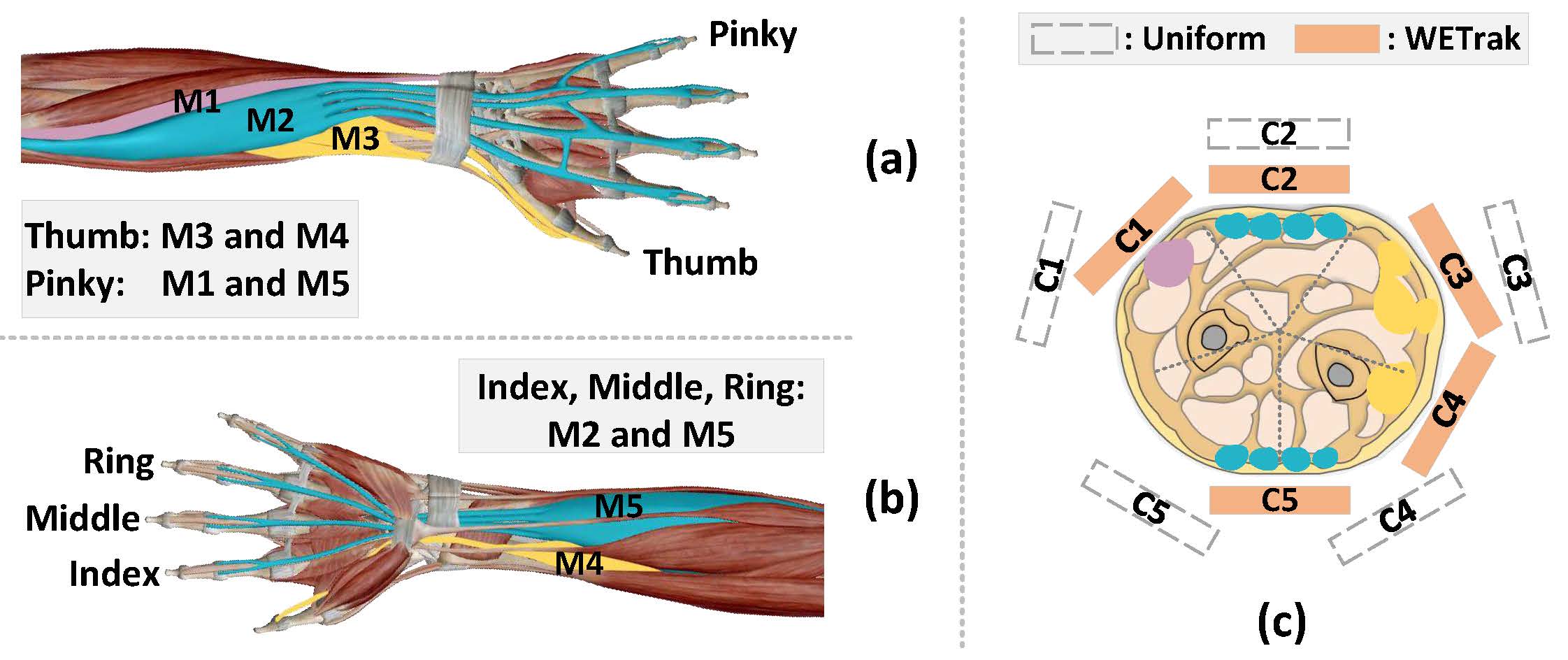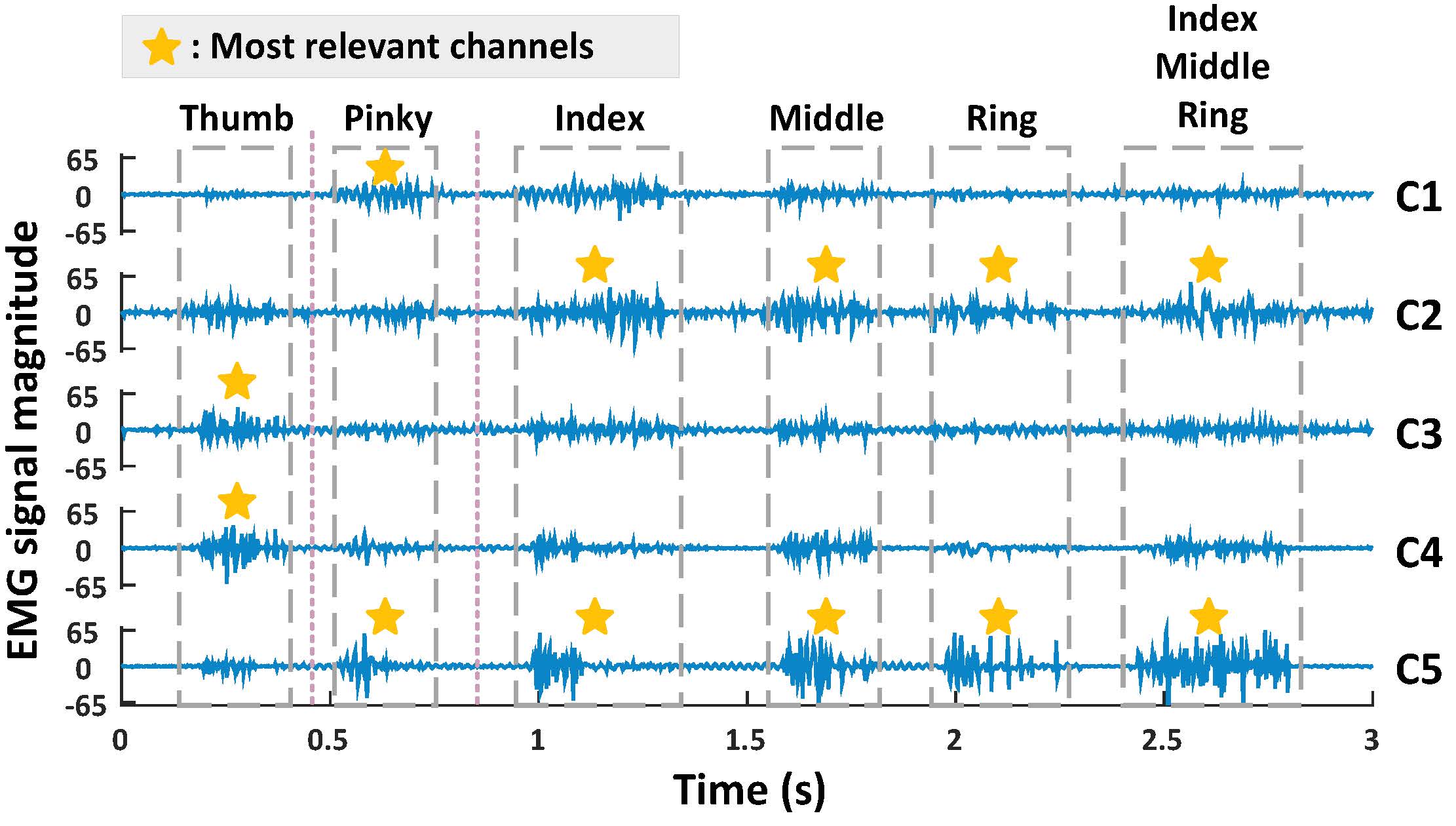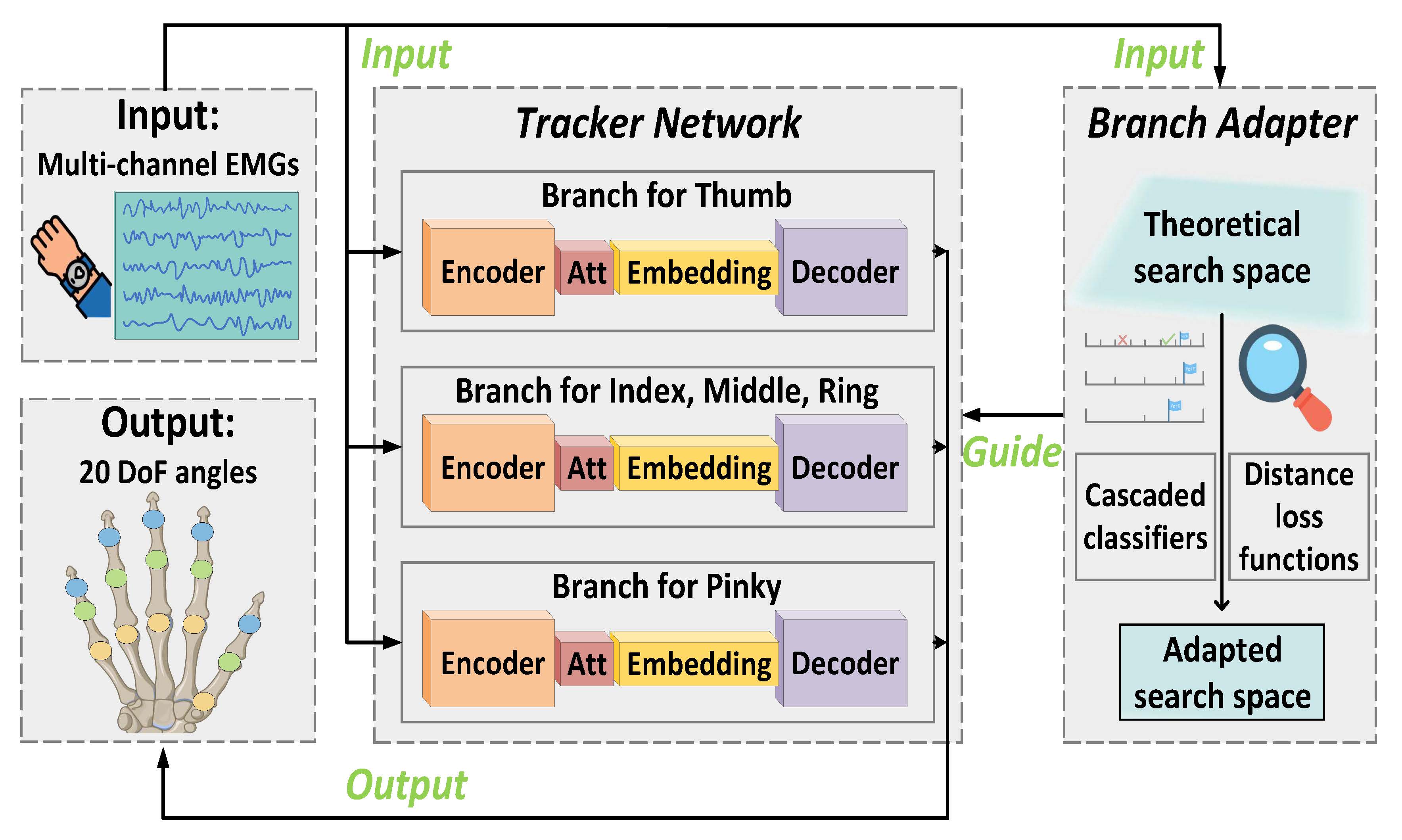This paper introduces WETrak, a finger tracking system using wrist-worn electromyography (EMG) sensors. Recent finger tracking methods mainly employ EMGs on armbands. Compared to a range of contactless methods using cameras or wireless, they are not limited by high computational costs, privacy concerns, and mobility, while unlike other wearable-based approaches, they do not require the deployment of sensors on the user's hands. However, users need to wear an additional armband on their forearm each time solely for tracking purpose, which hinders the widespread adoption of finger tracking in practice. This paper investigates the feasibility of moving EMG sensors from the forearm to the wrist for finger tracking. WETrak inherits the advantages of existing EMG-based armband tracking while avoiding the limitation of requiring additional armbands, which brings a strong incentive for integrating EMG sensors into wrist-worn wearables in the future. As sensor placement varies, we find new challenges in determing good locations to place sensors to gather useful information to capture all finger movements and using low-quality signals to still ensure accurate tracking. In this paper, we introduce new, efficient solutions to these problems. We develop a prototype, and the results show that WETrak outperforms the state-of-the-art method and performs consistently well under various settings.


